The material handling industry is undergoing a massive transformation. Driven by innovation, digitalization, and increased demand for supply chain optimization, technological disruption is rewriting how companies move, manage, and store materials.
From automated material handling systems to data-driven decision-making and the Industrial Internet of Things (IIoT), the question arises: How is it affecting the material handling industry?
This article dives into the current changes, technologies influencing the sector, and how businesses are adapting by rethinking traditional processes and investing in smarter material handling equipment.
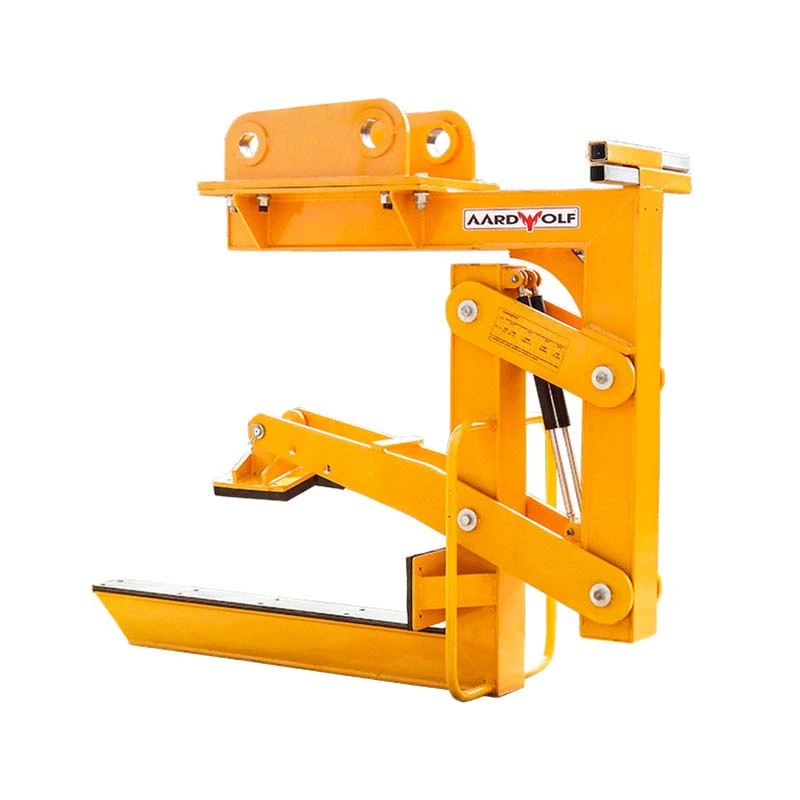
Table of Contents
ToggleThe Digital Disruption of Material Handling
From Manual to Smart Systems
For decades, the industry relied on manual material handling tools—hand trucks, hoists, forklifts—to transport goods through warehouses and manufacturing floors. But today, the adoption of automated vs manual material handling is quickly shifting the balance.
Automated systems now support:
- Predictive maintenance of equipment
- Smart routing for goods
- Real-time data for inventory and asset tracking
- Enhanced safety and labor management
Digital transformation is more than convenience—it’s driving industrial material handling solutions into the future.
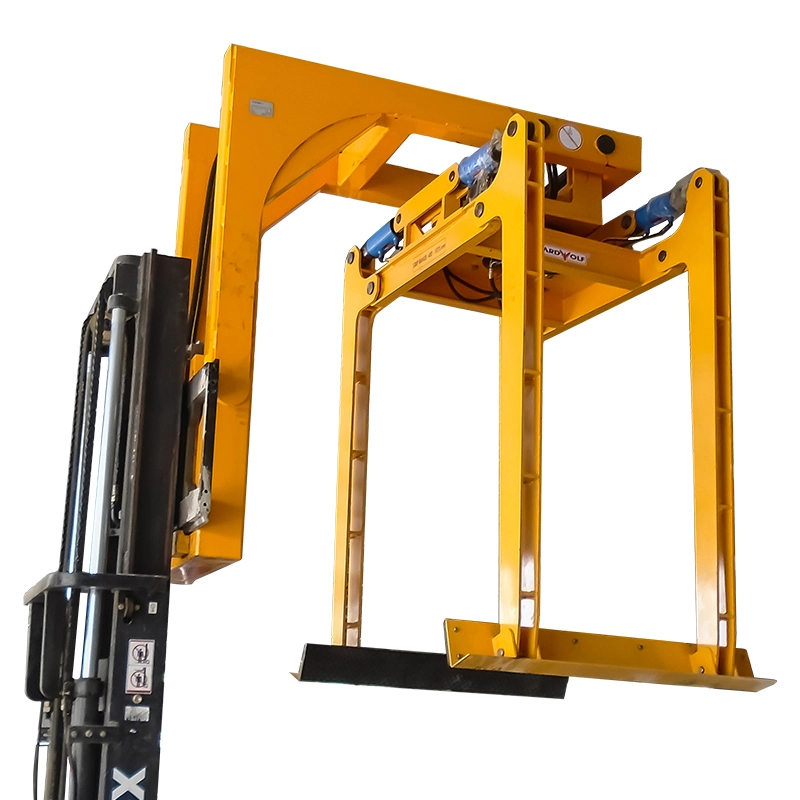
Key Technologies Changing Material Handling
1. IoT (Internet of Things)
IoT-enabled sensors are embedded in warehouse material handling equipment, conveyor belts, and carts to collect and transmit data. These smart devices:
- Monitor temperature and vibration of equipment
- Provide live location tracking
- Predict wear and tear to prevent breakdowns
- Optimize warehouse paths for material movement
This is particularly vital for bulk material handling systems and pharmaceutical material handling systems, where precision and tracking are critical.
2. Automation and Robotics
Automated guided vehicles (AGVs), robotic arms, and conveyor systems are now replacing repetitive human tasks. These systems increase throughput, reduce human error, and work around the clock.
In sectors like material handling for manufacturing and material handling in logistics, automation is accelerating production and delivery cycles.
🔗 How Do Tugs Revolutionize Material Handling in Modern Warehouses?
3. Artificial Intelligence (AI) and Machine Learning
AI integrates with automated material handling systems to manage:
- Demand forecasting
- Inventory optimization
- Load balancing
- Route planning
Smart systems learn from historical performance and adjust equipment usage, reducing operational costs in warehouse and construction environments.
4. Augmented Reality (AR) and Wearables
AR glasses and wearable scanners are revolutionizing material handling for warehouses by enabling hands-free picking and putaway operations.
These tools increase picking accuracy and reduce fatigue, especially when navigating large-scale facilities with heavy or awkward products like stone slabs or large tiles.
How These Changes Impact Operations
✔ Increased Efficiency
By replacing repetitive human tasks with AI-powered systems and robotics, material flow becomes smoother and faster.
✔ Improved Safety
Predictive analytics and smart equipment help enforce material handling safety standards and reduce accidents due to fatigue or improper manual lifting.
🔗 Loose Clothing Is Best to Wear When Handling Material?
✔ Reduced Downtime
With IIoT-connected machines, predictive maintenance ensures that cranes and hoists, forklifts, and vacuum lifters are serviced before they fail.
Equipment Shaping the Future
These equipment types are being redefined by digital integration:
- Forklifts for material handling with fleet management software
- Overhead material handling systems with automated controls
- Material handling carts and trolleys with RFID scanning
- Vacuum lifters that auto-adjust grip for delicate materials
🔗 Vacuum Lifters - Slab lifters designed for remote control in smart factories
🔗 Aardwolf Slab Lifters
Sector-Specific Impacts
🏗 Material Handling in Construction
Smarter jib cranes and hoisting systems allow precise placement with fewer workers.
🔗 Jib Crane – Articulated CMA01
🏬 Material Handling in Warehouses
Inventory tracking and dynamic slotting powered by AI reduce picking time and human errors.
🧪 Pharmaceutical and Food Industries
IoT ensures clean, traceable, and temperature-controlled handling of sensitive goods—meeting strict compliance standards.
Challenges the Industry Faces
Even with all the benefits, transformation brings challenges:
- High initial investment for small businesses
- Integration issues with legacy systems
- Training needs for operators
- Cybersecurity threats with cloud-connected devices
However, many businesses offset costs by exploring used material handling equipment for sale and partnering with trusted material handling equipment manufacturers.
What This Means for the Labor Force
Automation doesn’t eliminate labor—it changes it. Workers now need to:
- Operate and maintain digital equipment
- Interpret data and alerts
- Handle exceptions not covered by automation
🔗 How Does Material Handling Impact the Human Labor Force?
This shift opens doors to material handling training programs, increasing upskilling opportunities across the board.
Final Thoughts
So, how is it affecting the material handling industry? In short, profoundly. Technology is enabling faster, safer, smarter, and more agile operations across sectors. From bulk systems to automated guided vehicles, the future of material handling is digitized, interconnected, and continuously evolving.
To stay competitive, companies must evaluate:
- Their existing workflows
- Technology compatibility
- Long-term ROI from automation
- Vendor reliability and support
By aligning with material handling system suppliers and embracing change, you can thrive in a world that’s moving faster—and smarter—than ever.

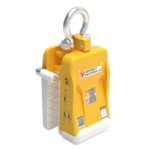
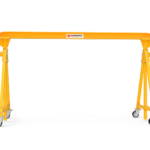
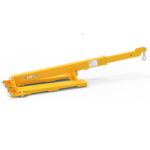
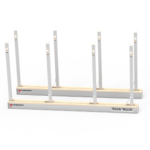
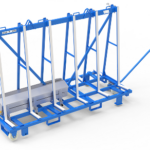

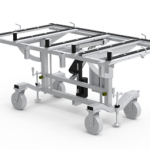
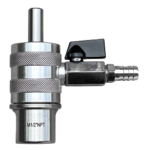
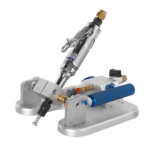
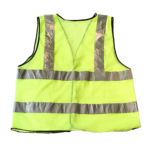

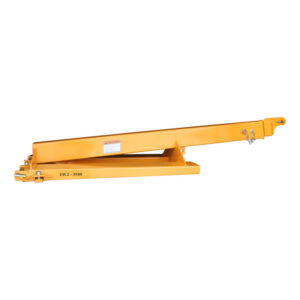
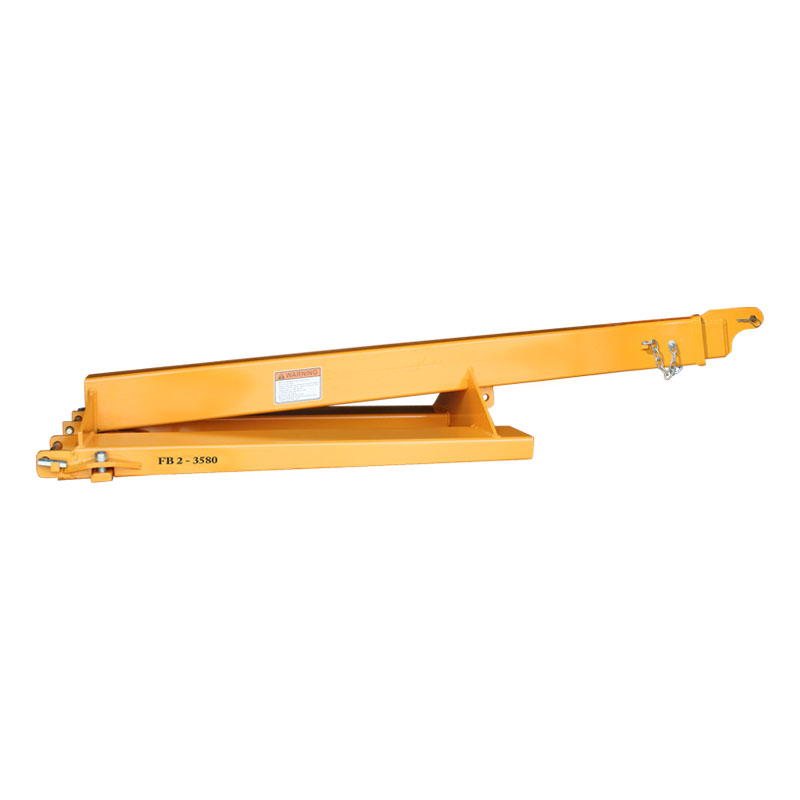
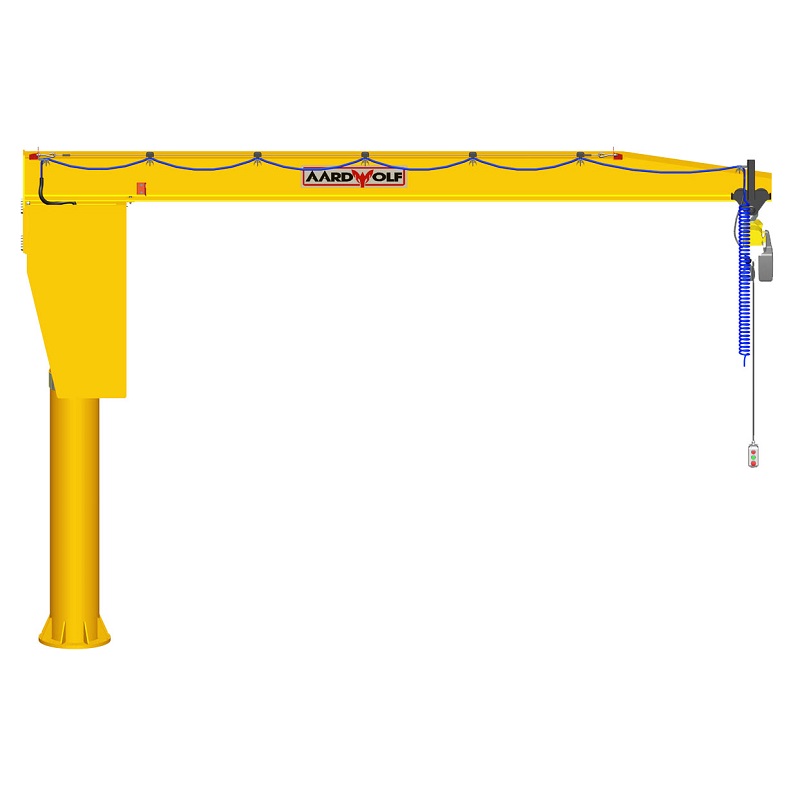
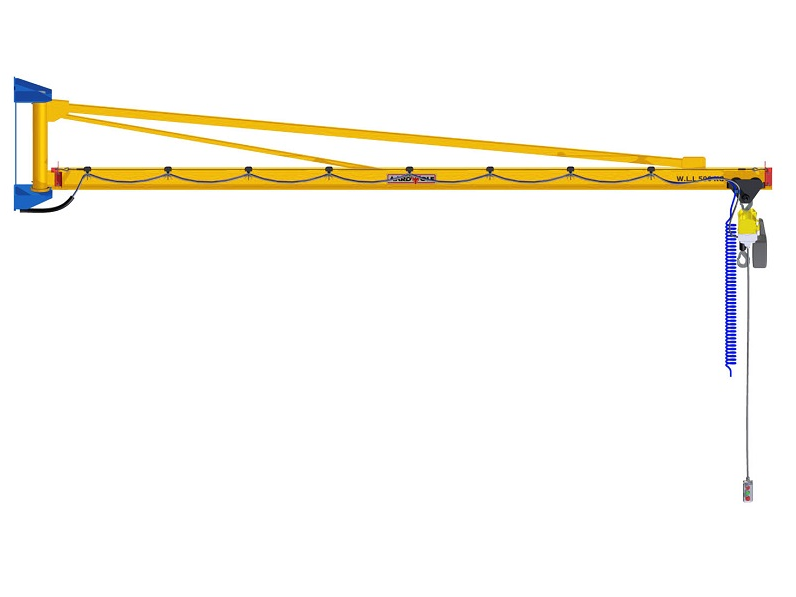

Please log in to leave a comment.